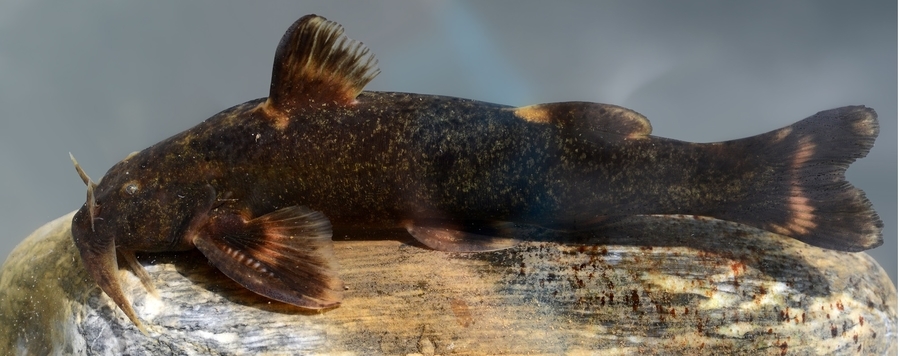
Glyptothorax daemon - new species
The Glyptothorax species inhabiting the Euphrates and Tigris drainages are reviewed and six species are recognised, one of which is described herein as new species. Glyptothorax armeniacus is endemic to headwater streams in the Euphrates drainage. Glyptothorax kurdistanicus is endemic to the upper Tigris downstream to the Lesser Zab drainage. Glyptothorax cous and G. steindachneri are riverine species widespread in both the Euphrates and Tigris drainages. Glyptothorax silviae is endemic to Iran. Glyptothorax daemon, new species, from the Greater Zab and Yanarsu in the upper Tigris drainage, is distinguished by having the thoracic adhesive apparatus strongly elevated, 1.1–1.2 times longer than wide, without tubercles on the head, well developed anteromedial striae, the medial pit without striae, and a short adipose fin. Glyptothorax daemon is separated into two mitochondrial lineages, externally indistinguishable and separated by a minimum K2P distance of 2.0% in the DNA barcode region. These lineages are paraphyletic in our analysis indicating past introgressive hybridisation with G. cous. All six species are diagnosed and all, except unstudied G. steindachneri, form distinct mitochondrial clades with between 1.2% and 3.4% minimum K2P distance between them. Species from the Euphrates and Tigris form a monophyletic mitochondrial group separated from 53 other Glyptothorax species studied from India and areas further east.





